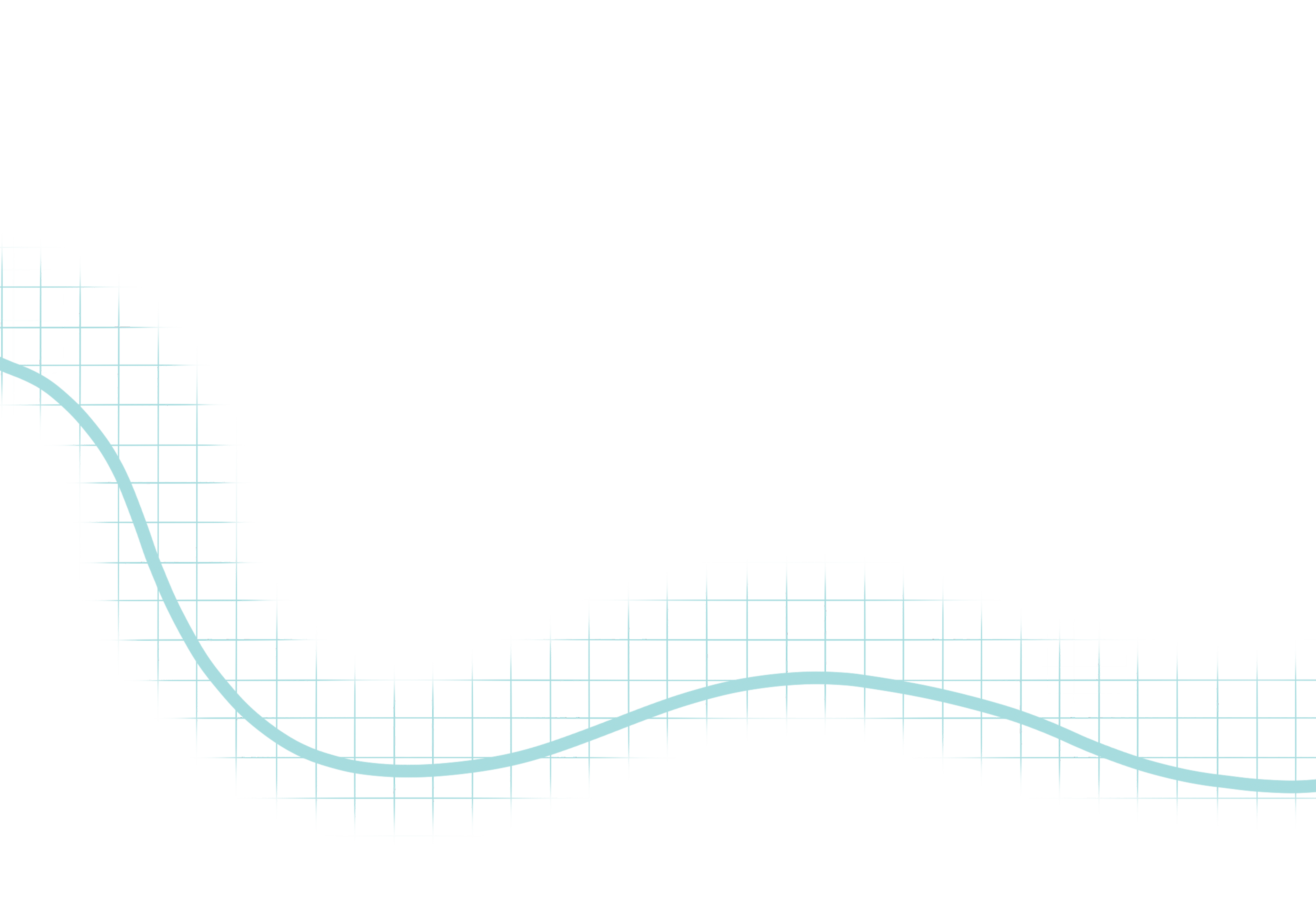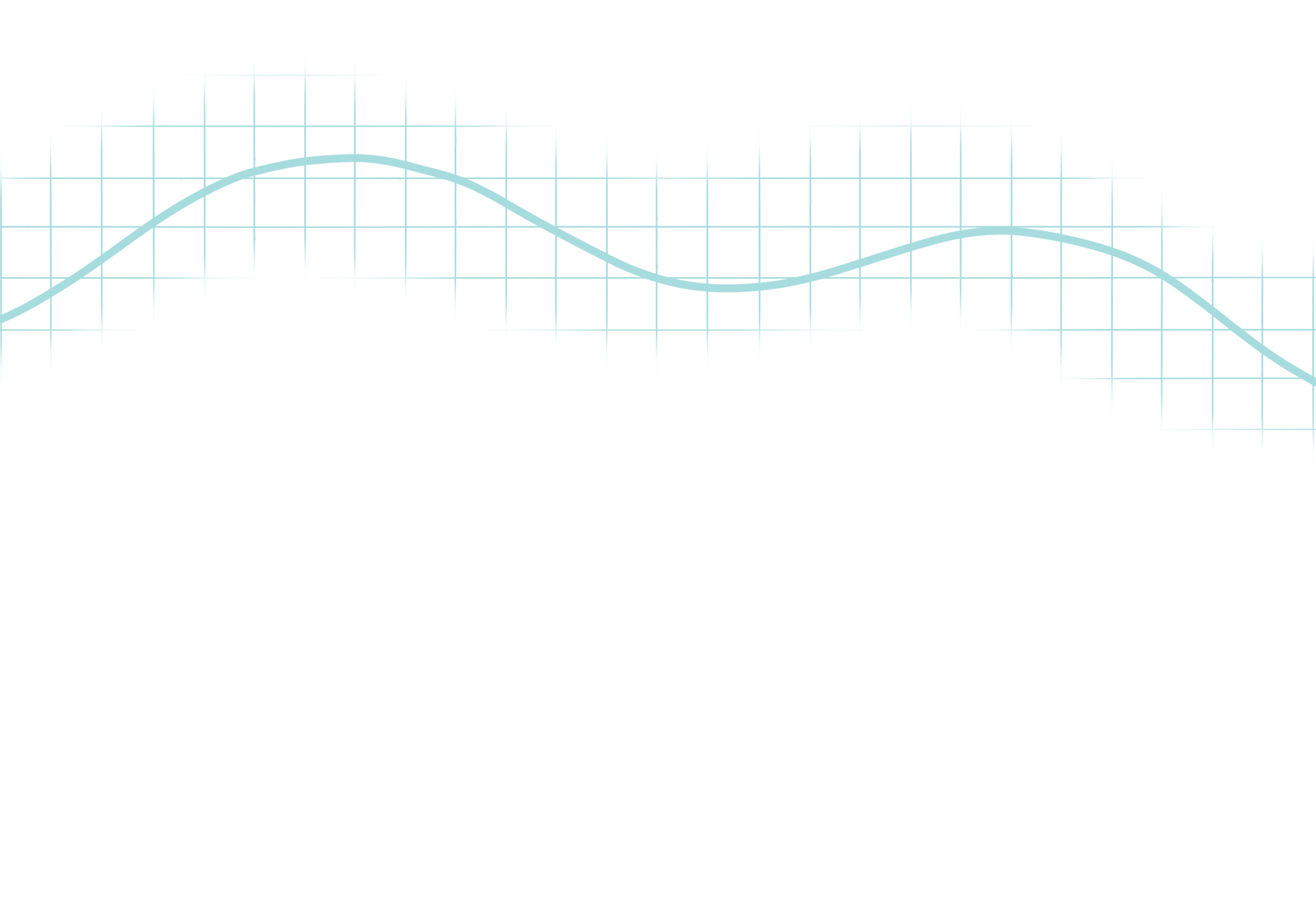Northwestern assistant professor of political science Kimberly Suiseeya’s path to research started while advising conservation projects on engaging with Southeast Asian communities. Her position as a biodiversity practitioner required time-consuming meetings between researchers and community members. But for the latter group, whose lifestyle depended on collecting, growing and harvesting food, that time commitment presented a much larger burden with little in return.
“I truly didn’t understand why we would continue to do things that we knew didn’t work,” Suiseeya says. “And when I couldn’t see myself as a change agent, that’s when I knew I had to go and pursue research.”
After obtaining her doctorate in environmental science and policy from Duke University, Suiseeya turned to environmental research. She sought to rethink representation in the field by examining who is at the table when decisions are made.
According to the University of Minnesota’s guide on conducting anti-racist research, the U.S. has a long history of funding research that suits white interests. Through this lens, studies done on underrepresented communities can have biased results, harm the communities involved and foster distrust toward researchers and institutions. A predominantly white research facility like Northwestern can replicate these systems of unjust research. Suiseeya, among other Northwestern researchers, aims to change this.
Suiseeya says one way for researchers to give back to the communities they study is through “slow research,” a practice that prioritizes building relationships with communities, listening to their needs and learning from them. However, she adds that it’s difficult to get funding for slow research projects, as academic and research-funding institutions often don’t recognize them as sufficiently rigorous.
Community-oriented research
Feinberg research assistant professor Jagadīśa-devaśrī Dācus’ projects focus on how Black sexual minority men can stay HIV-negative. Dācus, associate director of the Institute for Sexual and Gender Minority Health and Wellbeing, began his work before the large-scale distribution of PrEP, a medicine that reduces the risk of contracting HIV. He says that while Black sexual minority men are the most burdened by the HIV epidemic, research is only now beginning to look in-depth at how more than half of the population was able to stay HIV-negative.
One challenge Dācus faced when starting his research was a lack of funding to support his specific line of investigation. It wasn’t until he was published 3-4 years after starting his research that he began receiving federal funding from donors such as the National Institute of Mental Health.
“Funding drives research and then research reports funding,” Dācus says. “It’s kind of like a cyclical thing.”
Moreover, Dācus says most researchers who conduct HIV research with Black populations are not Black, so diving into the research initially made him feel like a “lone soldier” in the field.
According to a 2021 Pew Research Center poll, Black and Latinx people of color are underrepresented in STEM research. Dācus says greater diversity is crucial, since researchers who come from communities that are the subject of research have unique insights from their lived experiences. These insights allow them to bring more nuanced context to analysis.
“One of the things I pride myself on as a Black gay male researcher doing HIV work with sexual minority men is that I can draw public experience, although my experience is not necessarily applicable to everybody,” Dācus says.
He adds that those who conduct research on populations they belong to might have access to resources others may not. Dācus says that his sources spoke to him more openly than they may have with a researcher who didn’t belong to their community.
“Many of them would assume, ‘Oh, he’s going to get it, so I can be very frank,’” Dācus says. “I’m going to be respectful of their experiences as Black men and as Black sexual minority men at the same time.”
From his research, Dācus developed what he calls the “Black Resilience Degree,” which breaks down the factors that contribute to Black sexual minority men’s ability to remain HIV-negative.
“Fundamentally, the reason they’ve been able to be [HIV]-negative is really built on how they were taught to survive as Black boys and young Black men in a world that is anti-Black,” Dācus says.
At an early age, parents — primarily mothers — as well as peers and other adults informed them on how to maintain their sexual health. Dācus found that Black sexual minority men draw from these experiences to protect themselves from contracting HIV.
Studies on HIV have mainly focused on acquisition and transmission, with research emphasizing precautions that aren’t taken rather than working safeguards. When Dācus began his studies, he says other researchers insisted he include HIV-positive men. However, Dācus felt it was important to focus on HIV-negative men in order to acknowledge successful preventative measures. Initially, some criticized his perspective, thinking it implied that people who contract HIV are deserving of it — a claim Dācus strongly refutes.
"One of the things I pride myself on as a Black gay male researcher doing HIV work with sexual minority men is that I can draw public experience, although my experience is not necessarily applicable to everybody.”
Jagadīśa-devaśrī Dācus, Feinberg research assistant professor
“The Black men who are living with HIV that I had either had contact with or professional relationships with would say, ‘Thank you for talking about a different aspect of our lives,’” Dācus says.
Jenna Trost, a second-year chemical engineering Ph.D. student at Northwestern, conducts research on the community effects of mining high-priority minerals used in technologies that reduce greenhouse gas emissions. Working with a cross-disciplinary team of engineers and social scientists through the Buffett Institute for Global Affairs, Trost’s group strives to ensure the technologies they implement do minimal harm to the environment. They also seek to guide researchers and policymakers to conduct the most economically sustainable and socially beneficial mining processes.
Trost wasn’t always focused on the broader purpose of the research. Initially, her concentration was solely on building technologies. It has since expanded to considering the impacts of her projects on surrounding communities.
She credits two experiences for widening her considerations. This past summer, she worked with locals in Chile to gain the community’s perspective on mining. As an undergraduate at University of Colorado at Boulder, she worked on a project about energy and water access in Sub-Saharan Africa.
“[That experience] really opened my eyes to realizing that research is much more than just a little tiny problem, and that even as an engineer that likes the technical stuff, I still need to open up and look at all the social implications,” Trost says.
A history of extractive research
Medill professor Patty Loew, who is Mashkiiziibii-Bad River Ojibwe, recalls a prime example of exploitative research on underrepresented communities: When researchers first began extracting Pacific yew trees from Indigenous lands in the northwest United States to study their medicinal properties, the Indigenous communities complied. However, by the time the research had been done, nearly all the yew trees — which are sacred to the Indigenous people in the region — had been depleted.
Loew says that although researchers claim to conduct research that improves the communities they study, the communities often don’t see social or monetary benefits.
“When somebody shows up and says, ‘You know I’m here to save you, and this is what I’m going to do for you. This is the kind of research that I want to do on you and your people,’ be afraid,” Loew says. “Be very, very afraid.”
Northwestern assistant professor of sociology Beth Redbird is a member of the Choctaw Nation of Oklahoma and grew up in a borderland, or the land surrounding a Native American reservation. She says that some non-Indigenous residents of borderlands perpetuated inequality through engaging in systemic injustices, including racial bias in policing and violence against Indigenous individuals. Her most recent research examines the legal, economic, cultural and conceptual boundaries between Indigenous and non-Indigenous groups in these borderlands.
Redbird says that social science has historically been used as a tool to aid in Native American erasure. Surveys delineated by race generally lumped Native Americans into the “other” category, which led to a lack of data on topics such as the rates of child poverty, voting disenfranchisement and hate crimes.
“When you study Native inequality, the work that has come before you can tell you a lot,” Redbird says. “But, in the Native context, it has also been weaponized and has been very destructive.”
Social scientists frequently enter communities and study people as if they could be put under a microscope, Redbird says. She believes communities should both participate in and help drive research to create the next generation of knowledge. /p>
“We want to do research with communities, not on communities,” Redbird says. “We want research to be affirming of Native values and lifeways and traditional knowledge.”
Some tribes, like the Bad River Band of Lake Superior Chippewa, have started implementing their own research protocols in recent years. Loew says that under these protocols, community leaders would have the ability to decide whether they will participate in research. While protocols vary by tribe, some require researchers to go before the tribal council in person to explain their research and answer questions, while others have a council of elders that examine research proposals.
“The power is getting more in balance now between the researchers and the researchees,” Loew says.
Turning over a new leaf
The Center for Native American and Indigenous Research (CNAIR) was founded in 2015 with the aim of advancing scholarship, teaching, learning and artistic or cultural practices related to Native American and Indigenous communities. Given how research has marginalized underrepresented groups both as researchers and as research subjects, Loew, inaugural director of CNAIR, says the Center is crucial to helping Northwestern researchers improve conduct.
Loew and Annelise Riles, executive director of the Northwestern Roberta Buffett Institute for Global Affairs, helped facilitate conversations between CNAIR and the Buffett Institute. In November 2019, the groups partnered with Indigenous scientists and an interdisciplinary team of researchers from various universities. Together, they conducted conservation research on the Great Lakes and examined how climate change disproportionately impacts Indigenous communities.
“We had a research methodology which was not to assume that we knew what the Ojibwe communities that [the Great Lakes Indian Fish & Wildlife Commission] represents needed, but rather relationship-build with them and see if our two entities could gel in a way that was beneficial for both,” Loew says.
This type of research is important because the outcomes allow Indigenous people to protect their way of life, Loew says. If Indigenous communities have to go to court to fight against environmental threats, it is useful to have scientific evidence like data on air and water quality to support their case.
When Loew first saw a graphic summarizing the Great Lakes conservation research, she teared up because it involved the Ojibwe worldview of orders of creation and ascending dependency, which view humans as dependent on the elements, plants and animals.
“It’s the kind of research that I’ve waited my whole life to see conducted in my community,” Loew says.
In her latest project, Suiseeya, a faculty affiliate of CNAIR, is working with multiple Ojibwe nations to better understand the ethical impacts of research on Indigenous peoples and how research can be useful to the communities. In this way, Suiseeya says communities can advance their own aspirations and well-being.
“There’s a lot of distrust between Native American communities and the academic community,” Suiseeya says. “We’re trying to be much more respectful partners, but we have to confront that reality. That’s the history that we’re going in with.”
Looking forward
According to the Northwestern Office for Research’s 2021 Research Activity Report, Northwestern researchers received a total of $893 million in awards during the 2021 fiscal year. Loew says one of the ways researchers can be more respectful toward the communities they work with is by distributing some of these funds to them. Grants allow researchers to pay for everything they need to conduct the research, which should include compensating communities for their time.
Another way to give back to the community, Loew says, is to perform mutual capacity building, which means that members of the community are learning and being credited for their contributions. As a professor, she brought a group of students to the Oneida community to learn more about food sovereignty. In exchange, the students engaged with the community by spending the weekend picking, shucking and braiding corn.
Through using his research findings to develop curricula and advise on public health policy, Dācus has influenced funding, programming and practices that impact Black communities.
“We want to do research with communities, not on communities. We want research to be affirming of Native values and lifeways and traditional knowledge.”
Beth Redbird, Northwestern assistant professor of sociology
“I have been able to really contribute to a whole body of knowledge that offers counter-narratives around how Black communities are not necessarily homophobic — but also, if I can just be frank, how brothers are doing things that are right,” Dācus says.
Loew lists the five Rs — respect, relationships, responsibility, relevance and reciprocity — as a simple way to determine if research will be community-centered rather than extractive.
She says that some universities have difficulties adhering to the responsibility aspect because often, certain information from Indigenous communities is not meant to be shared outside the community. Furthermore, given historic relations between Indigenous people and non-Indigenous researchers, she says researchers that work with Indigenous communities need to emphasize relationship-building and think about reciprocity to determine what to both give and take.
“Academics have certain privilege that comes with power and federal money and all sorts of things,” Loew says. “So, go into those relationships with humility.”



